Bengal Cat With Hyperesthesia. Hypersensitivity or hyperesthesia in cats specifically in Bengals may prove to be puzzling and frustrating to many pet parents. Being a cat owner myself, I know how terrible it is to observe your pet’s pain or suspicious behavior.
FHS is a neurological disorder with symptoms that include hyperesthesia, twitching, agitated and compulsive behaviors.
Understanding which factors are indicative of this condition and how it will have to be addressed may mean a world of difference in creating a much more comfortable experience for both you and your cherished feline friend.
Key Takeaways
- FHS is known as feline dyskinetic syndrome, where the cats starts writhing uncontrollably, the disease is prevalent in the Bengal, Siamese and Abyssinian cats.
- These symptoms include back twitches, compulsive grooming and, self-mutilation, prompted by environmental stresses of stimuli.
- People diagnosed have also benefited from gabapentin or phenobarbital and should take less stress.
- Three skin disorders, skin disease, epilepsy, and flea dermatitis are excluded from FHS through veterinary examination.
- Preserve a quiet and stimulated atmosphere and playtime is important when caring for your cat with FHS or any creature for that matter.
What is Feline Hyperesthesia Syndrome (FHS)?
Overview of FHS
1- Neurological Basis
FHS has a nervous system origin In this protocol. It originates from processed or extreme perception and sensitive reactions to stimulation, causing typical stress to affected cats.
2- Breeds at Risk:
Some breeds of cats are vulnerable to suffering from FHS more than others are. Some of these exotic categories of cats are Bengal cats, Siamese, Burmese, Abyssinian and Himalayan cats. They get affected easily by the condition due to their energetic and sensite personalities.
How FHS Affects Cats
FHS can produce an enhanced responsiveness to physical and environmental conditions related stimuli and this frequently leads to compulsive or repetitive movements.
Such symptoms may include; the skin will start twitching, start cutting themselves, or start running all over the place. The nature of FHS cause is still an issue of debate, and if not well monitored and managed, it has a severe impact a cat’s well-being.
Signs and Symptoms of FHS
Behavioural Symptoms
- Twitching: Frontal and axial discomfort; patient grimacing and back twitches and muscle spasms are the characteristics.
- Self-Mutilation: Psychogenic alopecia is often seen with cats who chew or bite their skin with signs of dermatitis.
- Hyperactivity: Involuntary and brief surges of activity, often racing, or leaping in reaction to some signal.
Physical Symptoms
- Excessive Grooming: Usually affecting the back or tail, which causes hair loss and skin ulceration.
- Spasms: Skeletal muscle myoclonus, which may present as twitching or spasmodic, uncoordinated movements, most commonly of the hind limbs.
- Seizure-Like Episodes: In severe cases it may be as severe as epilepsy – a person may jump and cry.
Key Triggers
- Effects that are stress and anxiety attributable to early retirement, change of environment, or social pressure.
- Inflammation of the skin arising from the effects of fleas, bacteria, fungi or dermatological disorders.
- Photophobia, fraphadhesive, or phonophobia.
Diagnosing Feline Hyperesthesia Syndrome
Veterinary Examination
That is why diagnosing FHS demanded excluding the presence of other causes. A veterinarian may:
- However, the ministry said that blood tests should be conducted to eliminate other illnesses that had caused the deaths.
- Make skin scrapings to confirm cases of skin disorders or fungal diseases.
- Assessment of behavioral history can help to find out if there are any psychogenic causes such as stress, or anxiety.
Conditions to Rule Out
- Epilepsy: Episodes akin to seizures but managed diversely.Similar seizure-like episodes but Different treatment.
- Flea Dermatitis: Although it causes itching and back twitches its often confused with FHS.
- Skin Conditions: Such as dermatitis, fungal infections, and excessive grooming of skin as a disorder.
- Neuropathic Pain: For example, fractures of the head of the femur or any other member.
Treatment Options for FHS
1. Medications
Gabapentin
- Good for treating neuropathic pain and decreasing pain perceived.
- As a given per the vet’s recommendation, it is used two to three times daily in the morning and at bedtime.
Phenobarbital
- Used for convulsant related symptoms to control neurological events.
Anti-Anxiety Medications
- After excluding pathogenic diseases, stress and anxiety can be easily managed through fluoxetine or other psychoactive drugs in cases with cats that show such symptoms.
| Medication | Purpose | Frequency |
|---|---|---|
| Gabapentin | Neuropathic pain management | Twice daily |
| Phenobarbital | Seizure control | As directed by vet |
| Anti-Anxiety Drugs | Stress reduction | Daily or as needed |
2. Behavioral and Environmental Management
- Reduce Stressors: Reduce the likeliness of stress factors in the cat’s environment, loud noise, or abrupt changes.
- Interactive Playtime: Stimulating games such as the use of toys in the cat to make it engage in other activities like chasing the toys or even the use of catnip that triggers good activities.
- Safe Spaces: Create a cats’ safe place that the cat can climb into and hide when is overstimulated.
3. Dietary Adjustments
- People on high protein diets especially with chicken or fish may enjoy better health.
- Minimize the intake of foods which might cause allergic reactions or skin disorders.
4. Alternative Therapies
- Acupuncture: May be useful in treating chronic pain or any other neurological issue.
- Elizabethan Collars: Of value in controlling self-injurious behaviour or excessive licking.
- Physical Therapy: The new scenarios refer to gentle movements to quiet down muscles and diminish spasms. What it Is Like to Live with a Bengal Cat with FHS
Living with a Bengal Cat Diagnosed with FHS
You should be patient, attentive and give a lot of attention to caring for a Bengal cat with FHS. Here are some important advise and measures for your pet as well as daily tips and tricks to overcome FHS and make your cat’s life comfortable and happy.
Daily Care Tips
Monitor Symptoms
Maintain a record of the Bengal’s episode; the quantity, period, and probable causes such as changes in environment or certain cue. You should share this information with the vet can help to optimise the therapy process and reveal specific tendencies.
Groom Regularly
Provide Enrichment:
Bengals require both, mental and physical exercises especially the ones with FHS. Provide the cat with toys that it can manipulate, scratch as well as climbing frames in order to capitalise in its energies positively. This cuts down on boredom and perhaps also discourages repetitive hand movements therefore helping one avoid OCD.
Managing Self-Mutilation
Elizabethan Collar
In case your Bengal is an over obsessive licker or biter, opting for the Elizabethan collar as form of protector from harm is advisé. Such collars are more so beneficial and convenient during flare-ups or when there are healing skin dermatology situations.
Anti-Anxiety Solutions:
However, if the fundamental stress that is normally associated with FHS is managed, there is likely to be an improvement in the extent of compulsive actions. Some of these remedies may include drugs administered by the veterinarian or natural remedies that include sprays and diffusers which prevent your cat from being stressed.
Preventing FHS Symptoms
Preventative Steps
- Annual wellness examinations to treat diseases during their initial stages.
- Anti parasitic treatments for avoiding fleas that cause dermatitis.
- Establishing a routine plan without stressing one self a lot.
| Action | Benefit |
| Routine Vet Checkups | Early detection of potential issues |
| Flea Prevention | Reduces itching and secondary infections |
| Enriched Environment | Minimizes stress and anxiety |
| Balanced Diet | Promotes overall health |
Breeds and FHS: Why Bengals are Prone
Characteristics of Bengals
Bengals are affectionate, active cats with good nerves to boot and they are highly intelligent. Being young, they may be charged with energy and sensitivity which makes them experience the effects of FHS symptoms readily.
Other Breeds at Risk
- Siamese Breeds: Popular with pupils due to their volubility and emotional activity.
- Burmese and Abyssinian Cats: Prone to stress and anxiety.
- Oriental Breeds: Whether they have similar behaviours, sensitivity level or not.
| Breed | Risk Factor |
| Bengal | High energy, sensitivity to stimuli |
| Siamese | Vocal, prone to anxiety |
| Burmese/Abyssinian | Stress-prone, active |
| Oriental | High sensitivity, nervous temperament |
Common Misconceptions About FHS
Cats’ Hyperesthesia Syndrome (FHS) is a condition characterised by myths and misconceptions. It is critical to debunk these myths with the goal of giving correct care to such cats, as well as giving better insights to the cat owners.
“It’s just a behaviour problem.”
Unfortunately, this is one of the most common misconceptions about FHS. This is the reason many cat parents misidentify the condition as just plain defiance, aggression or excessive playing.
However, FHS is essentially a neurological disorder. It originates from neurological disorders in the nervous system of the body, which produces reflex movements like skin ziggler, grooming and kiang or sudden outburst of energy.
These are not behaviors which the cat can choose to eliminate on his own hence establishing FHS has more to do with treatment as a medical problem rather than a behavioral one.
“It can’t be treated.”
To the contrary, FHS can be treated. Currently, there is no proven one-stop cure for the condition but a marriage between drugs and stress together with docket changes that can do wonders in the elimination of the symptom.
For example, positive effects have been reported in a cat with FHS after taking medicines like gabapentin or anti-anxiety drugs, or receiving acupuncture or physical exercises. Prompt diagnosis followed by continual support have the potential of yielding incredible results.
“It’s only seen in Bengals.”
However, FHS is not unique to Bengals since the breed’s active and sensitive temperament makes them more inclined towards contracting this illness. FHS can occur in siamese, burmese, abyssinian, as well as himalayan cats.
These symptoms include FHS and can be traced in non-pedigree cats too. This realization helps increase awareness beyond the fact that FHS isn’t breed-specific and guarantees all the affected cats the right treatment.
My Opinion
FHS is not beneficial for Bengals and their owners, but I know that when diagnosed, it can be managed which can bring huge changes.
It is therefore entirely possible to help your bengal cat live a happy, comfortable life if you consult regularly with your veterinarian, minimize stress triggers for your cat and use the right treatments.
If you want more guidance, do not hesitate to contact your veterinarian or search for more credible data only. Together, it can be done to make FHS not a lot of attention while sharing one’s life with a cat.



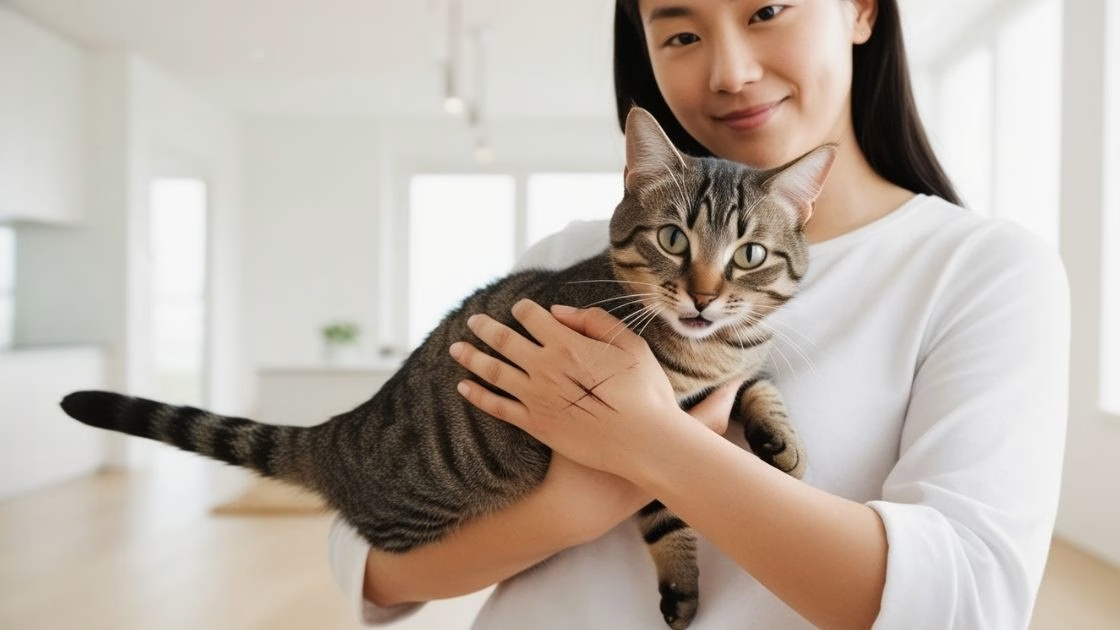


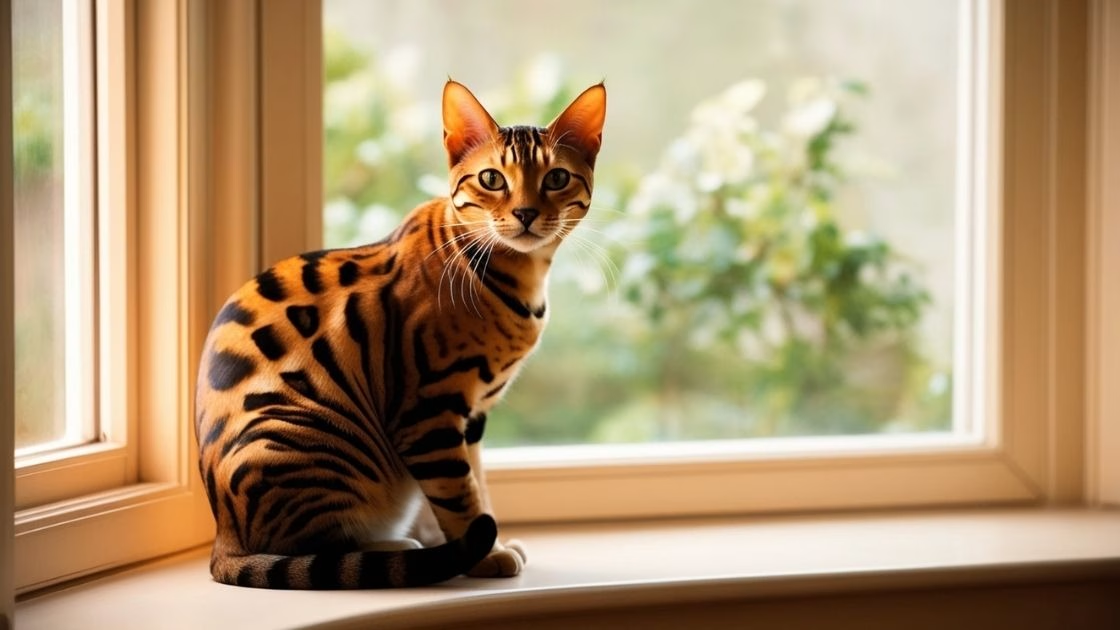
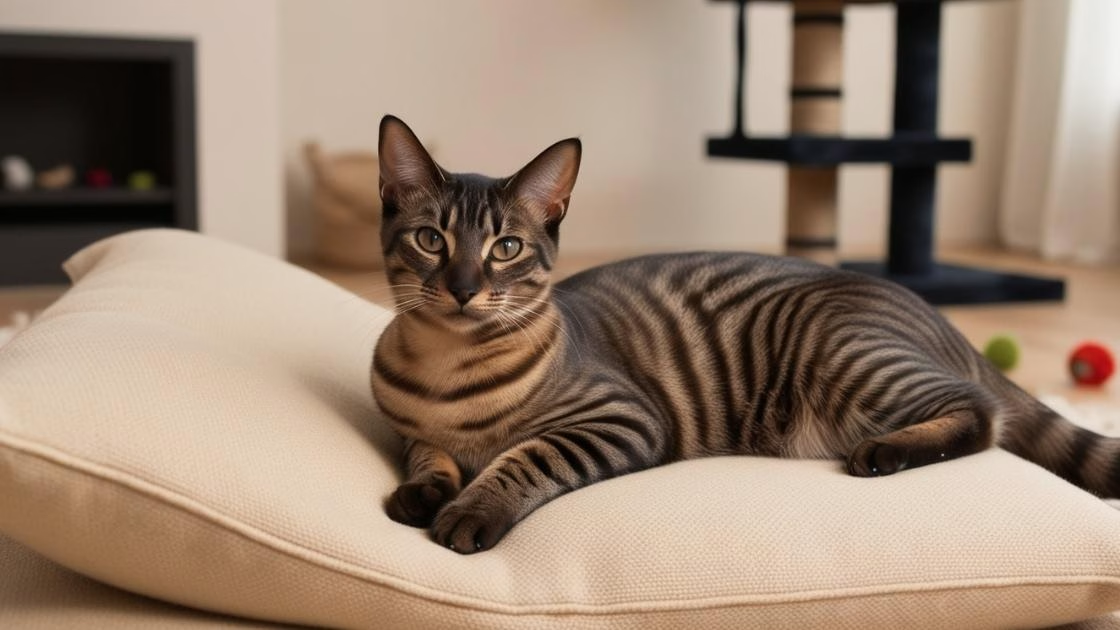

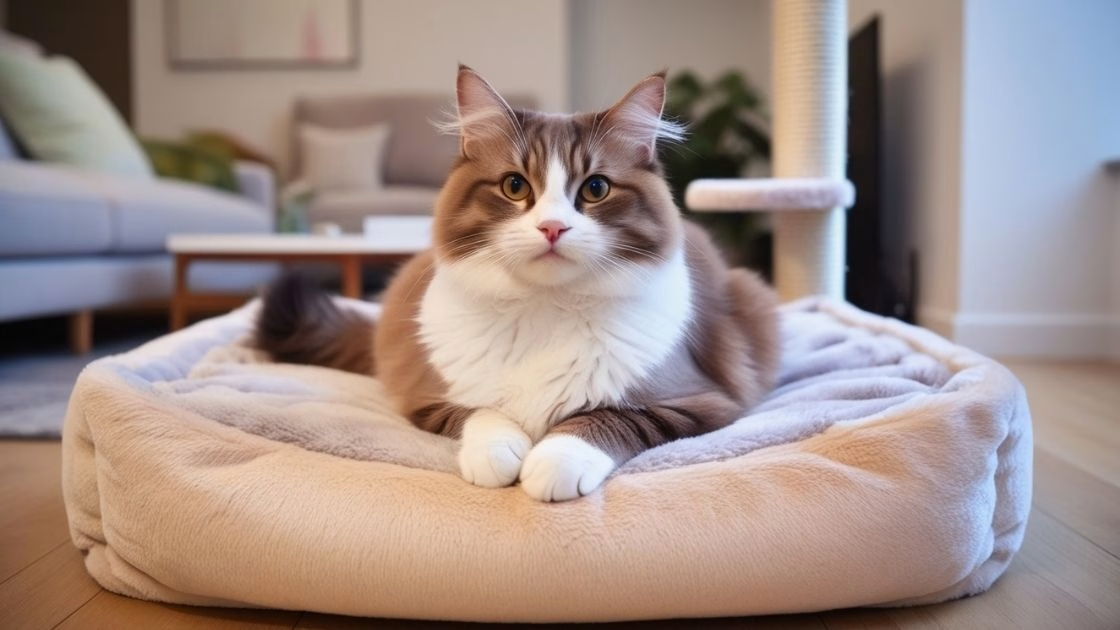



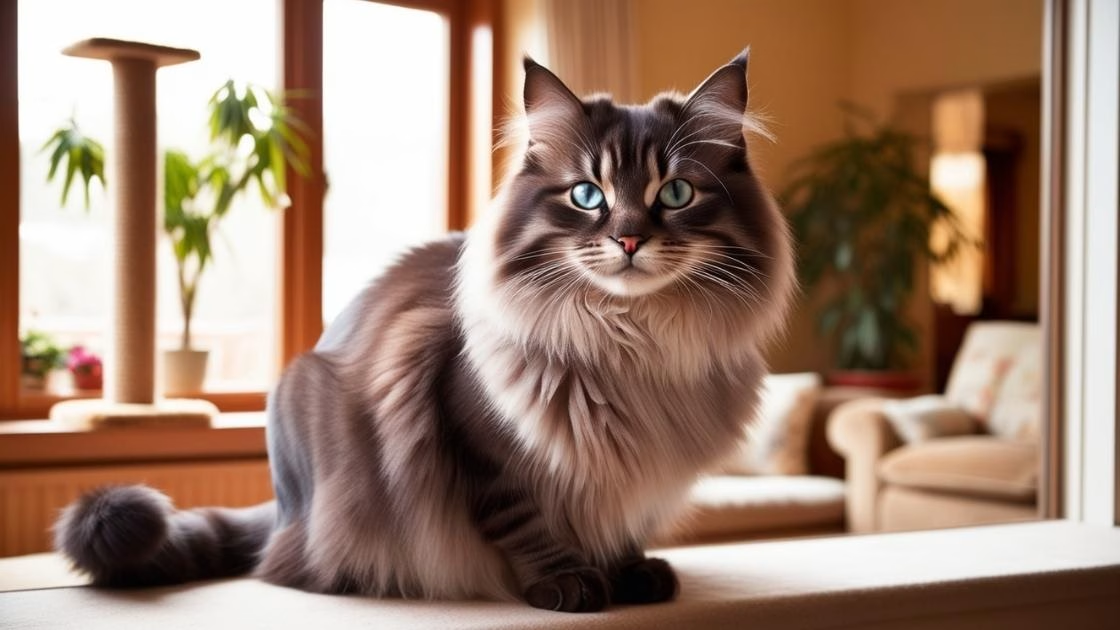
Leave a Reply
View Comments